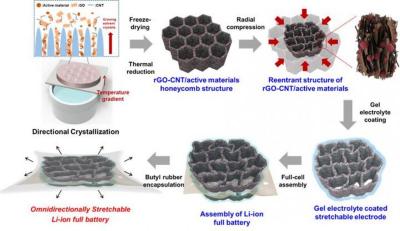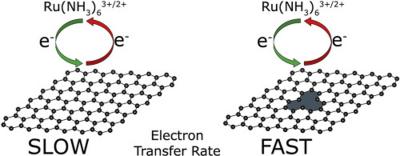Graphene/perovskite nanosensor detects nitrogen dioxide with 300% improved sensitivity
A research team led by Juan Casanova and Eduard Llobet from the Departamento de IngenierÃa Electrónica, Eléctrica y Automática at the Universitat Politècnica de València (URV), used graphene and perovskites to create a nanosensor that detects nitrogen dioxide with 300% improved sensitivity.
The team used graphene that is hydrophobic (water and moisture-resistant) and sensitive in gas detection, but with some limitations: it is not very selective and its sensitivity declines over time. In addition, the researchers used perovskites, a crystalline-structure material commonly used in the field of solar cells. However, they quickly deteriorate when they are exposed to the atmosphere. That's the reason why the team decided to combine perovskites with a hydrophobic material able to repel water molecules - in order to prove they can prevent or slow down their deterioration.



